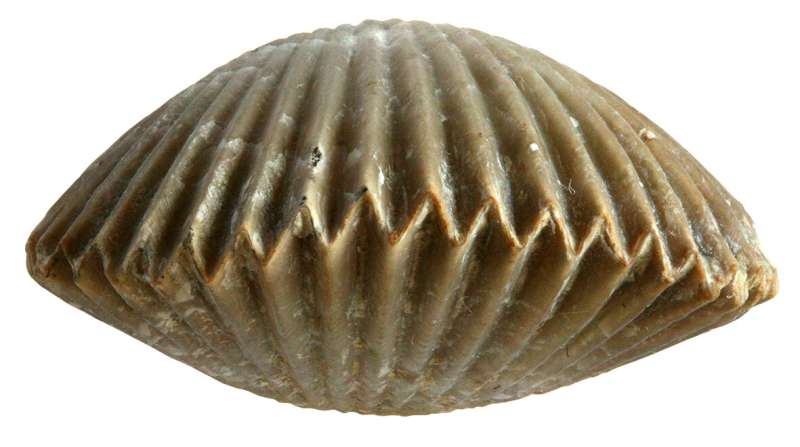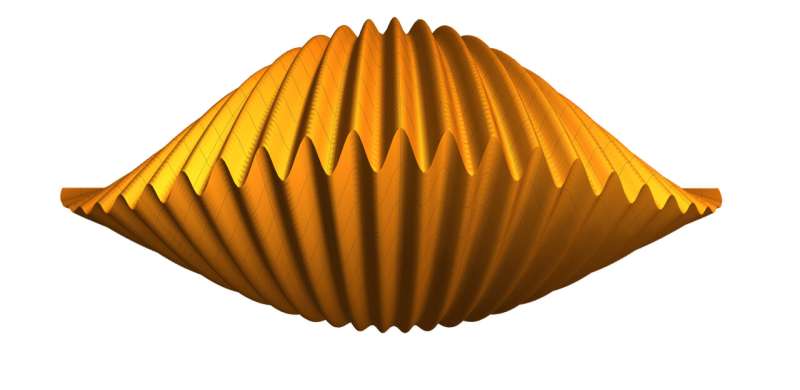December 17, 2019 report
Using math and mechanics to explain how bivalve shells fit together so well

Using math and mechanics, a trio of researchers, two from the University of Oxford, the other the University of Lyon, have learned more about how bivalve shells fit together so well. In their paper published in Proceedings of the National Academy of Sciences, Derek Moulton, Alain Goriely and Régis Chirat describe their approach to understanding the interlocking mechanism of bivalve shells.
Many people who have handled a bivalve creature, such as a clam or oyster, have marveled at how seamlessly the top and bottom shells fit together. The researchers with this new effort noted that such close-fitting shells evolved in two phyla from a common ancestor. They also noted that even irregularities, whether natural or from an injury, do not generally prevent shells from neatly closing—and it works equally well in bivalves with either flat or wavy edges. The researchers also noted that the near-perfect alignment of edge features happens despite the two edges forming from two distinct mantle lobes.
To explain how such a near-perfect alignment arises in the bivalves, the researchers created a mathematical model of the shell growth process. They started by noting that the edges of the bivalve shells grow throughout the creature's life—they also noted that there are differences in modes of secretion and general anatomy between bivalves and brachiopods (the other phyla with matched shell halves). But they also noted that with both groups, the shells are incrementally secreted by a mantle—a thin membrane-like organ. They further noted that the mantle secretes a soft layer that functions as a matrix for the formation of the calcium carbonate shell.
They next took into consideration the geometry of the shell halves and the mechanics involved when they come together, and the constraints involved. They used such factors to develop a model that showed how such evenly matched shells could arise. The reason the edges in some species are wavy is because the mantle grows at a faster pace than the shell edge, resulting in buckling. The interlocking pattern that emerges, they found, is constrained by the forces of the shells when closed.

More information: Derek E. Moulton et al. Mechanics unlocks the morphogenetic puzzle of interlocking bivalved shells, Proceedings of the National Academy of Sciences (2019). DOI: 10.1073/pnas.1916520116
Journal information: Proceedings of the National Academy of Sciences
© 2019 Science X Network



















